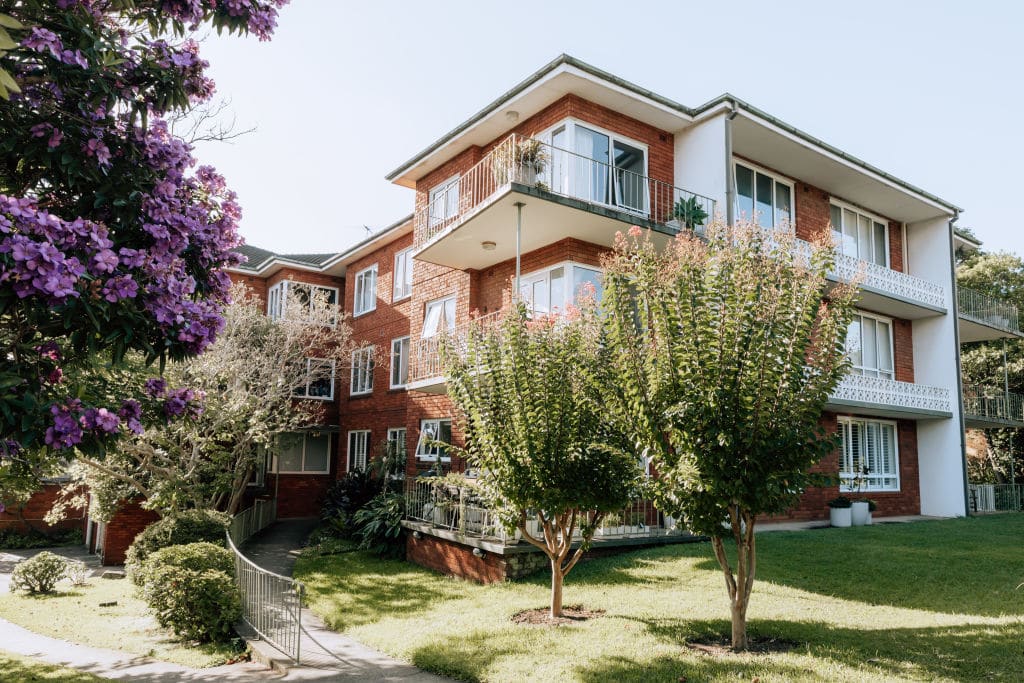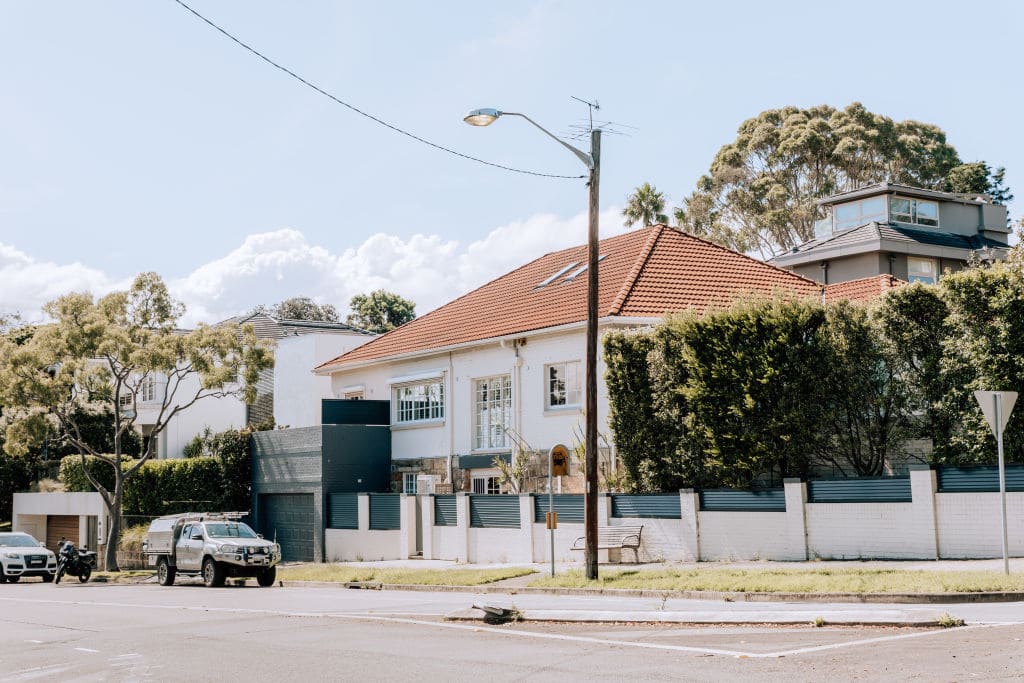The latest Domain Rental Report has revealed that prices have hit a record high throughout Australia, with the strongest annual growth in 13 years.
A few days before this announcement, Stuart Andrews was given notice to leave his family’s rented home of the last four years.
He was bewildered. But when he was told it was back on the market at a rent nearly 15 per cent higher, he finally understood.
“I’m still at a loss for words, though,” said Stuart, 59, who runs his own day spa business with his wife Emi, 55, in Brisbane, a city that has seen one of Australia’s steepest annual house rent increases, at 14.9 per cent over the last year. “We can’t afford to buy, but now we’re being forced to move out and face all that dislocation.
“It’s just a really tough market at the moment to find anything else. For every rental property inspection we attend, at least 10 to 20 others are applying for the same. And our situation isn’t unique. The stellar rise in property prices, compounded by the influx of families fleeing from high-cost housing in NSW and Victoria, is making it worse.”
With its new record high of $500 a week, Brisbane is far from being the only city where tenants are hurting, too. The report for the March quarter of 2022 reveals house rents have surged even more strongly in Canberra at 16.7 per cent to what is now the highest national weekly median rent of $700.
House rents meanwhile in Perth have jumped 11.6 per cent to $480 a week, in Darwin 10.9 per cent to $610, in Sydney 9.1 per cent to $600, in Hobart 8.3 per cent to $520, in Melbourne 3.4 per cent to $450 and in Adelaide 9.4 per cent to $465.
Unit rents aren’t offering much solace, either. The highest rise of those was in Darwin, up by 16.3 per cent to $500 a week, while Adelaide was up 8.6 per cent to $380, Perth 8.1 per cent to $400, Canberra 8 per cent to $540, Brisbane 7.5 per cent to $430, Hobart 7.1 per cent to $450, Sydney 6.4 per cent to $500 and Melbourne 4 per cent to $390.

Domain chief of research and economics Dr Nicola Powell said that although quarterly growth in house rents has slowed, it’s still shattering records, while unit rents have doubled.
“This really brings the focus on housing affordability front and centre,” she said. “We tend to talk about this around purchasing, but it’s about rents as well. How can people save for a deposit on their first home when they’re paying such high rent, the cost of living rises, and inflation goes up?
“We’ve seen such strong growth even in markets when international borders have been closed. It’s particularly tough in Brisbane with Queensland seeing the strongest rate of population growth, with people coming from Victoria and NSW, as well as the people displaced by the floods having to enter the rental market.”
While the dramatic rent increases are good news for investors, they’re too often proving disastrous for tenants, cleaving a wider gulf in Australia between the haves – who own property – and the have-nots, who are forced to fork out for the higher rents.
“This is the worst point in the housing crisis,” said Andrew Potts, federal leader of the Housing Affordability Party. “We know of so many cases now where landlords are evicting tenants, telling them they need the property for a relative, and then are advertising it for a much higher rent.

“We’ve heard heartbreaking stories of families forced to move into hotels, people having to move in with relatives or couch-surf to survive. With rents going up so much, there’s a hidden epidemic of homelessness now going on.”
The prospect of interest rates going up too later this year will make it even tougher for renters hoping to buy a property, but investors may be relieved that rising rents will help cover the bigger outlay on mortgages.
Emily Sim, CEO of property management with the Ray White Group, said, “The rent rises are wonderful for investors as if the interest rate goes up to 2 per cent or 2.5 per cent, rents are still rising faster, so they’ll be OK. But the other side of that is the cost-of-living argument. Renters can be anyone: property managers, real estate agents, landlords, employers, your family … and they are all affected.
“The real challenge is the housing supply. The latest report from the NHFIC [National Housing Finance and Investment Corporation] says there’s been a bottleneck in planning for new homes and growth in single-person households that have had an effect. The way we want to live is putting a strain on the housing supply too; we don’t want to share our homes.”
Ms Sim says that if she were a tenant having difficulties paying the big hikes in rents, she’d start thinking about her life plans and work out if she needed to be in a city or if she could live elsewhere. Communal living might be another option.
Dr Powell says some areas of cities are cheaper than others too, and units might offer a more affordable home than houses. Unit rents around the CBD in both Melbourne and Sydney, for instance, fell the most during COVID-19 and generally haven’t returned to pre-pandemic levels. Different cities in Australia also offer very different rental rates.
But it may even get worse before it gets better, Dr Powell says. “In Sydney, there’s a dynamic unravelling where strong selling conditions mean owners are selling before prices soften and then renting for a while before they buy again,” she said.
“This is also the first quarter where we’re starting to see the impacts of international borders coming down and the return of foreign students. That’s helping push up rental markets in cities, and as their numbers increase, that will create even stronger demand.”
Article Source: www.domain.com.au
from Queensland Property Investor https://ift.tt/QZ7utcg
via IFTTT